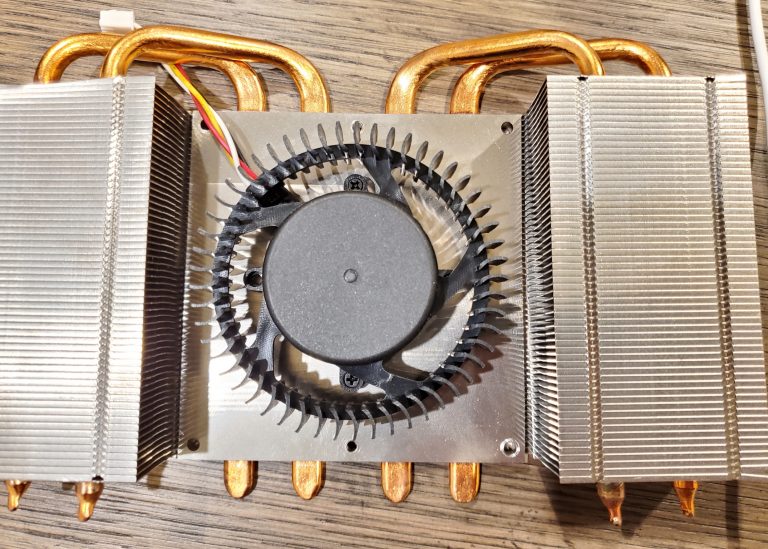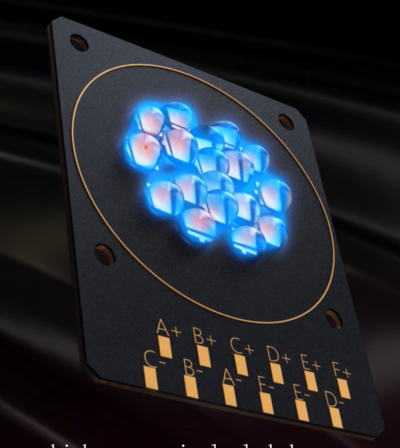270 watts makes it more powerful than any other light that we talk about.I ask because the actual design of the light is just a generic led block.
Choices of lenses to eliminate glare or get more spread.
9 channels that can be individually programmed.
Multiple LEDs are arranged in lenses so that the colors blend.
The cooling system: Big heat sink, PID controlled fan, copper vapor tubes.
3 year warranty
1/2 the price of an XR30
What light are you comparing it to?
























